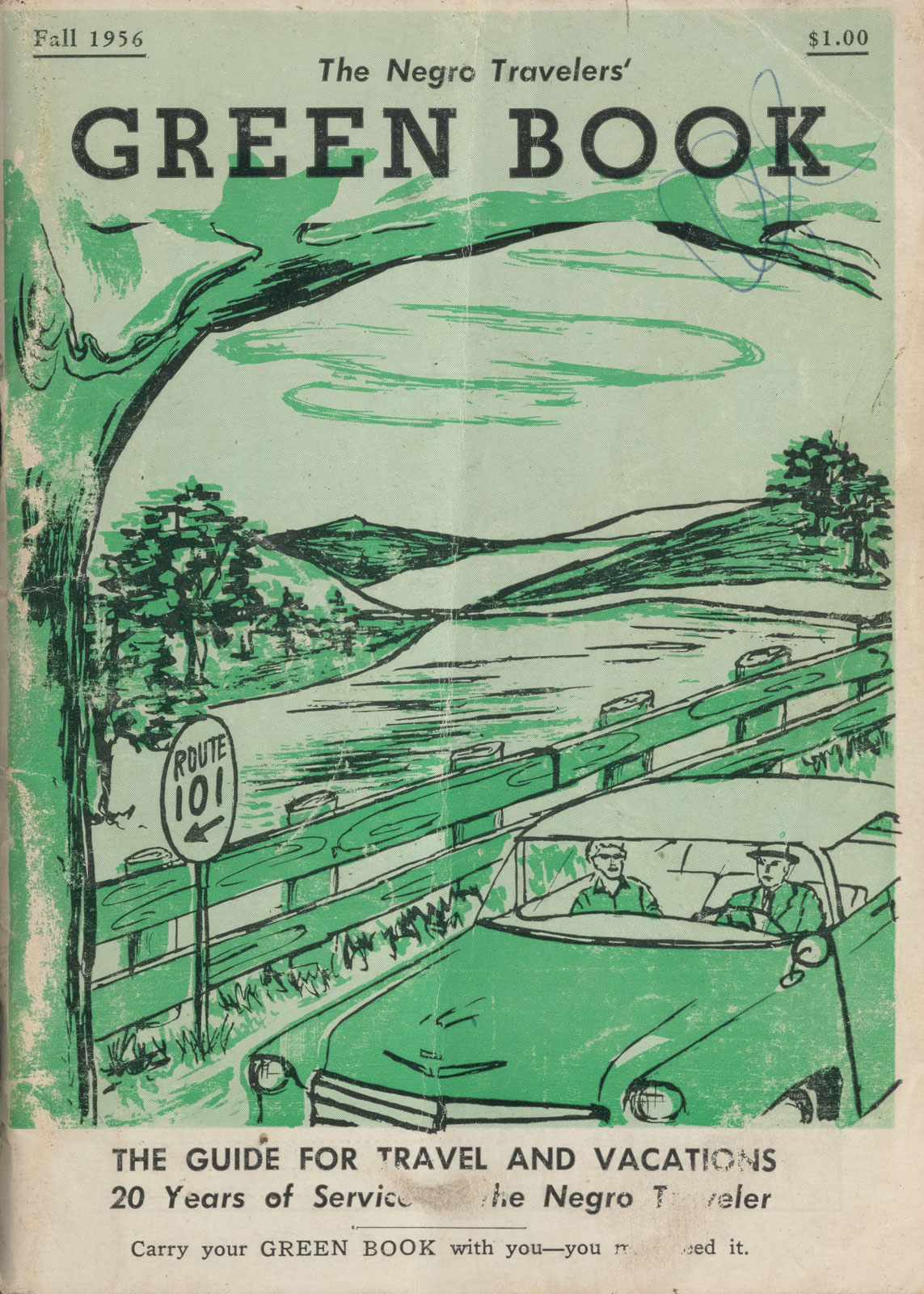“Oh yeah, the Green Book, isn’t that the movie that won Best Picture or something?”
No. That’s not just what the Green Book was.
In the mid-1900s, when Black migration was rampant, Black individuals constantly moved around, longing for a place where the air was crisp, clean, and racist-free. But in a country where one wrong turn could land you the last day of your life, Black travelers couldn’t just decide to depart from point A to B. They had to perfectly map out their travels to ensure they didn’t enter a city that would secretly kill them. From 1936 to 1964, Victor H. Green, a Black activist, published the Green Book.

When traveling, most people pack the essentials: sunscreen, a charger, or their phone. In the mid-1900s, Black people packed the Green Book. It essentially was a pamphlet for Black folks that mapped the geography of freedom. It mapped and traced every hotel, restaurant, beauty salon, and other services you could imagine that allowed Black folks to use that service. If a hotel chain didn’t let Black folks stay in it, it wasn’t on the Green Book.
In a time where blatant killings were rampant and disregarded by the government, Black folks were forced to adapt in America. Without the Green Book, millions of Black travelers during these times would be deterred from straying away from their neighborhood, unsure if the city next to them allows Black folk. Especially in California, a place where the pockets of notoriously racist areas were difficult to navigate, the Green Book was a staple for those longing to reside in Los Angeles or the Bay Area.
Although the Green Book’s existence is a disappointing highlight of how Black individuals must solely fix their own issues, it celebrates the resilience of the Black collective. It serves as a reminder that Black individuals carry immense strength and wisdom to support themselves, even in times where no other institution does.
